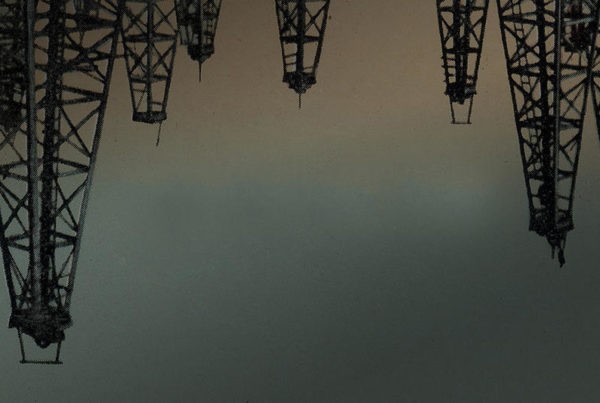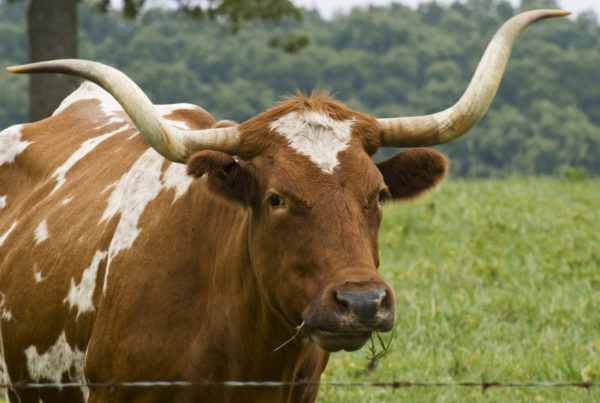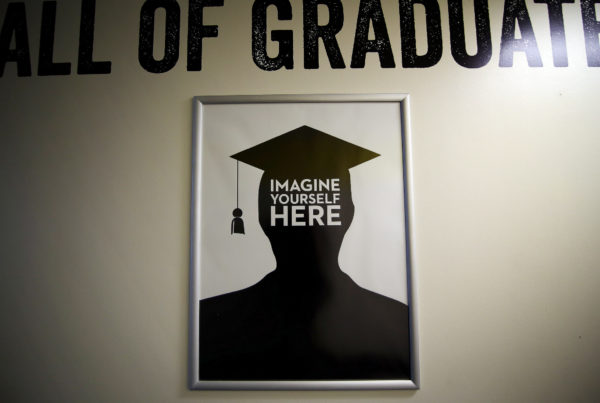From Texas Public Radio:
A massive public art project in San Antonio is taking form — piece by piece. It’s being created by members of the community with a special connection to San Antonio and the Mission San Francisco de la Espada, which was built in 1731.
TPR has been following the creation of the piece.
On a muggy, hot June afternoon, about 20 people gather in a not-very-well-air conditioned workspace at the Mission Espada grounds to work on individual clay sculptures. The room has a sweet, spicy, earthy smell thanks to the Mission Clay that was mined in nearby Floresville and brought in especially for this project.
Everyone is here to create sculptures for the Arbol de la Vida project by artist Margarita Cabrera. It will be a massive 40-by-70-foot iron structure that includes 2-by-2 clay sculptures that reflect the history, personal or otherwise, of San Antonio, the mission, and its ranching heritage. It will be located near the Mission Espada, along the San Antonio River.
Margie Jimenez is working on a piece that resembled a large flower pot. She was one of the participants in Cabrera’s story-gathering charlas, or talks, that took place in the Spring. Jimenez, like many participants in the sculpture workshop, has never worked with clay. She says she can’t even do play-dough.
Jimenez says her sculpture is going to be a memorial to her son, who died at age 28.
“I had a son that passed away and they called him Pepper,” she says. “They made a pepper shaker with wings logo when he passed away, so they wanted me to make a pepper shaker to put up there.”
Cabrera makes it a special point to involve the community in her tree of life, from gathering stories, to actually getting them physically involved in the sculptural process.
She’s not at all daunted by the massive scale of this project. She’s even worked with a sculptural engineer to make sure the structure, which is primarily made out of tubular metal, will be sound.
“These pieces are about over 100 pounds each. And the capacity that we have, the parameter, is 500,” she says. “So that’s our limit. And nobody has challenged it!”
Josie Mendoza is another first-time sculptor. She’s basing her piece on a Republic of Texas land grant for a piece of property owned by one of her ancestors, Jose Domingo Bustillos, who was mayor of San Antonio in 1816. When Bustillos died, his land was split among his seven children.
With obvious pride, Mendoza adds, “and that’s where I still live. Yes, our family has continuously lived in that home for 160 years. And we’re still there.”
Peter Rodriguez also has a long family history in San Antonio. His grandfather’s and great-grandfather’s farming tools are on display at the Mission Espada visitor center. And growing up, he visited his family on Espada Road, which leads to and from the mission.
“Whether you’re going in or going out it’s the third house,”Rodriguez says. “If you’re coming in, it’ll be on your left. If you’re going out, it will be on the right. I’m working on just a rendition of the house where we would spend a lot of weekends.”
Jane Madrigal, the lead facilitator at this workshop,says the monumental size of the Arbol de la Vida might render the individual sculptures insignificant to the naked eye. But, Magrigal says there’s an app for that.
“Smart right? It’s like, yeah, it’s the 21st century, duh! Someone’s going to create an app,” Magrigal says. “So you can walk up to the tree and download the app, and the app will help you find and see each piece along as hear each story.”
Margarita Cabrera will hold several more weeks of sculpture workshops. Three hundred sculptures will be created and fired, as well as about 500 smaller sculptures which will reflect the flora and fauna of the region. The unveiling will come in time for the 2018 tricentennial anniversary of San Antonio’s founding.
















